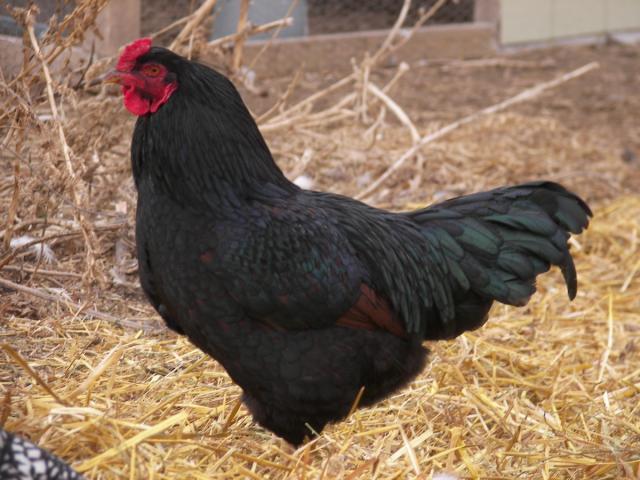More on hybrid vigor...
Most purebred livestock bloodlines are extremely diverse within- and as a result, when mated to differing bloodlines (especially those with outcross injected into them)-- they actually are not as different as one might think. Quite often there are shared ancestors, or shared bloodlines. Really, this is what keeps a breed going- the mating of two lines, which are similar enough to reproduce the same offspring; but diverse enough to not be considered line, or inbred.
Now, the only true hybrid vigor effect that I can think of, without crossbreeding... must involve one very LINEBRED line of stock. What happens here, is this line has been linebred and inbred for so many years, that they have basically created a new breed- within an existing breed. (how every breed has been created) Then, when this line is mated to almost every other blood line in the breed-- the similar thing happens much like crossbreeding... Why? Because no other breeder, anywhere has anything genetically close to the linebred breeder's program, since they have been off in their own little world. They may or may not look alike, but they will look enough alike to be considered the same breed; but gentically the linebred program will be homozygous for almost every trait possible, where as the other side of the outcross genetics- may or may not be.
This linebreeding method is something that I take very seriously in my operation; most specifically in our flock of Oxford sheep. We are basically creating our own breed within the Oxford breed-- and our customer's are reaping tremendous benefit from our "hybrid vigor effect". No, when it's time for us to look for an outcross, it won't be there since so many people are using our stuff-- but I can't say that I'll ever be in the market for a 100% outcross either. I'm content with what I have, and will have-- at this point. Keep in mind this is a flock that has produced numerous State fair and national show champions; as well as sale winners and high sellers.
Most purebred livestock bloodlines are extremely diverse within- and as a result, when mated to differing bloodlines (especially those with outcross injected into them)-- they actually are not as different as one might think. Quite often there are shared ancestors, or shared bloodlines. Really, this is what keeps a breed going- the mating of two lines, which are similar enough to reproduce the same offspring; but diverse enough to not be considered line, or inbred.
Now, the only true hybrid vigor effect that I can think of, without crossbreeding... must involve one very LINEBRED line of stock. What happens here, is this line has been linebred and inbred for so many years, that they have basically created a new breed- within an existing breed. (how every breed has been created) Then, when this line is mated to almost every other blood line in the breed-- the similar thing happens much like crossbreeding... Why? Because no other breeder, anywhere has anything genetically close to the linebred breeder's program, since they have been off in their own little world. They may or may not look alike, but they will look enough alike to be considered the same breed; but gentically the linebred program will be homozygous for almost every trait possible, where as the other side of the outcross genetics- may or may not be.
This linebreeding method is something that I take very seriously in my operation; most specifically in our flock of Oxford sheep. We are basically creating our own breed within the Oxford breed-- and our customer's are reaping tremendous benefit from our "hybrid vigor effect". No, when it's time for us to look for an outcross, it won't be there since so many people are using our stuff-- but I can't say that I'll ever be in the market for a 100% outcross either. I'm content with what I have, and will have-- at this point. Keep in mind this is a flock that has produced numerous State fair and national show champions; as well as sale winners and high sellers.


